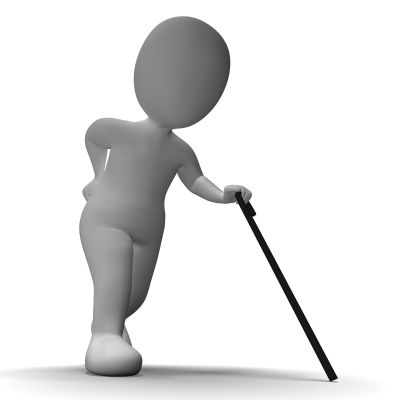Back Pain
There are several causes of low back pain. People who have a sedentary life style or perform physical labor are more likely to develop symptoms. The following are a few common causes of symptoms related to the back.
- Overuse of muscles, ligaments, and joints (most common)
- Injury from a fall or lifting improperly
- Motor vehicle collision
- Pregnancy
- Weight gain
- Disc herniation
- Spinal stenosis
- Scoliosis
- Arthritis
- Tumor
After a thorough examination by your chiropractic physician or other health care provider, there are many different treatments that can be used to evaluate low back pain.
Low back pain with pain radiating into your legs or feet requires immediate attention. Should the pain be accompanied by weakness in the legs, tingling in the feet/toes or drop foot, you should contact your chiropractic physician or other primary health care provider immediately as this is cause for immediate attention.
Most low back pain can be treated with precise chiropractic adjustments. A low back adjustment works to improve joint mobility restoring lumbar range of motion and reducing muscle spasm. This helps to reduce pressure and pain. Chiropractors also utilize a combination of spinal manipulation, physiotherapy, acupuncture, spinal flexion distraction, trigger point therapy, exercise and nutrition to treat lower back pain. Chiropractors can and should provide information for home stretching, exercise as well as proper techniques for lifting and bending.
For more severe cases of lower back pain advanced imaging may be required. The chiropractic physician or health care provider will direct you to the proper facility for the necessary testing and will obtain the imaging results as well as coordinate care with other specialists if necessary.
Supplements that also help with lower back pain:
Valerian root, B6, Devils claw, Ginger root
At home, ice can be used the first 24-48 hours after injury, followed by moist hot packs (not dry heating pads) for 15 minutes and stretching. You should avoid soft chairs where your knees are above your hips when you sit down.



